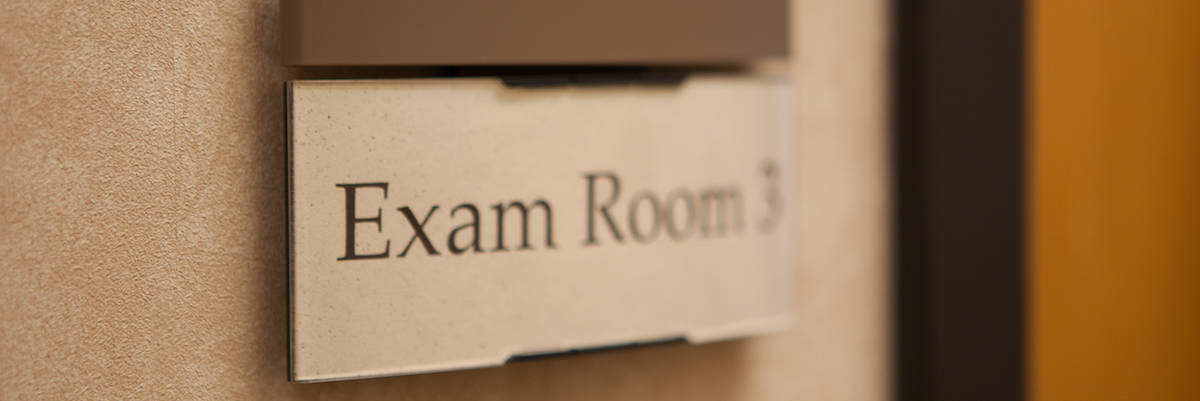As you age, you may notice veins in your legs that are larger and bulging. These veins, called varicose veins, can cause your legs to ache, swell, or even burn. You may even notice smaller, tiny veins that spread out around your legs, called spider veins. Weak valves in your veins can cause blood to collect, which causes the vein to bulge or become weakened. Varicose and spider veins are caused from hormone changes, sun damage, injuries, or even genetics. But luckily, there is a cure for both of these problematic types of veins… sclerotherapy!
Sclerotherapy is considered a minimally invasive procedure that allows us to treat any varicose or spider veins a patient may have. Most patients find the treatment relatively pain free, except for the injection itself. While this procedure does provide a permanent fix for the problem vein; new veins may appear in that area.
During sclerotherapy, your legs will be raised to help drain any blood from the affected veins. The Dermatologist will then inject a solution directly into the problem vein. This will force the vein to collapse and reroute the blood into the surrounding healthier veins. The collapsed vein is eventually absorbed by healthy tissue in the surrounding area and will fade away. This procedure does not require anesthesia and is performed in our office in only 15 – 30 minutes (depending on the number of veins treated). Some veins may require multiple injections during each session. After the injection, pressure is applied to the problematic vein to help prevent blood from returning to that area. You may need to wear compression stockings or a tight wrap for several days afterwards. Besides making the vein fade, many patients do find that this procedure helps with their leg swelling and aching symptoms, although it can take up to a few weeks to see the results of the treatment and some veins may require multiple treatments.
If you are considering sclerotherapy, please call The Dermatology Center of Indiana to request a consultation.
Disclaimer: This blog provides general information and discussion about medical, cosmetic, mohs, and surgical dermatology. The words and other content provided in this blog, and in any linked materials, are not intended and should not be construed as medical advice. If the reader or any other person has a medical concern, he or she should consult with an appropriately-licensed dermatologist or other health care worker.
